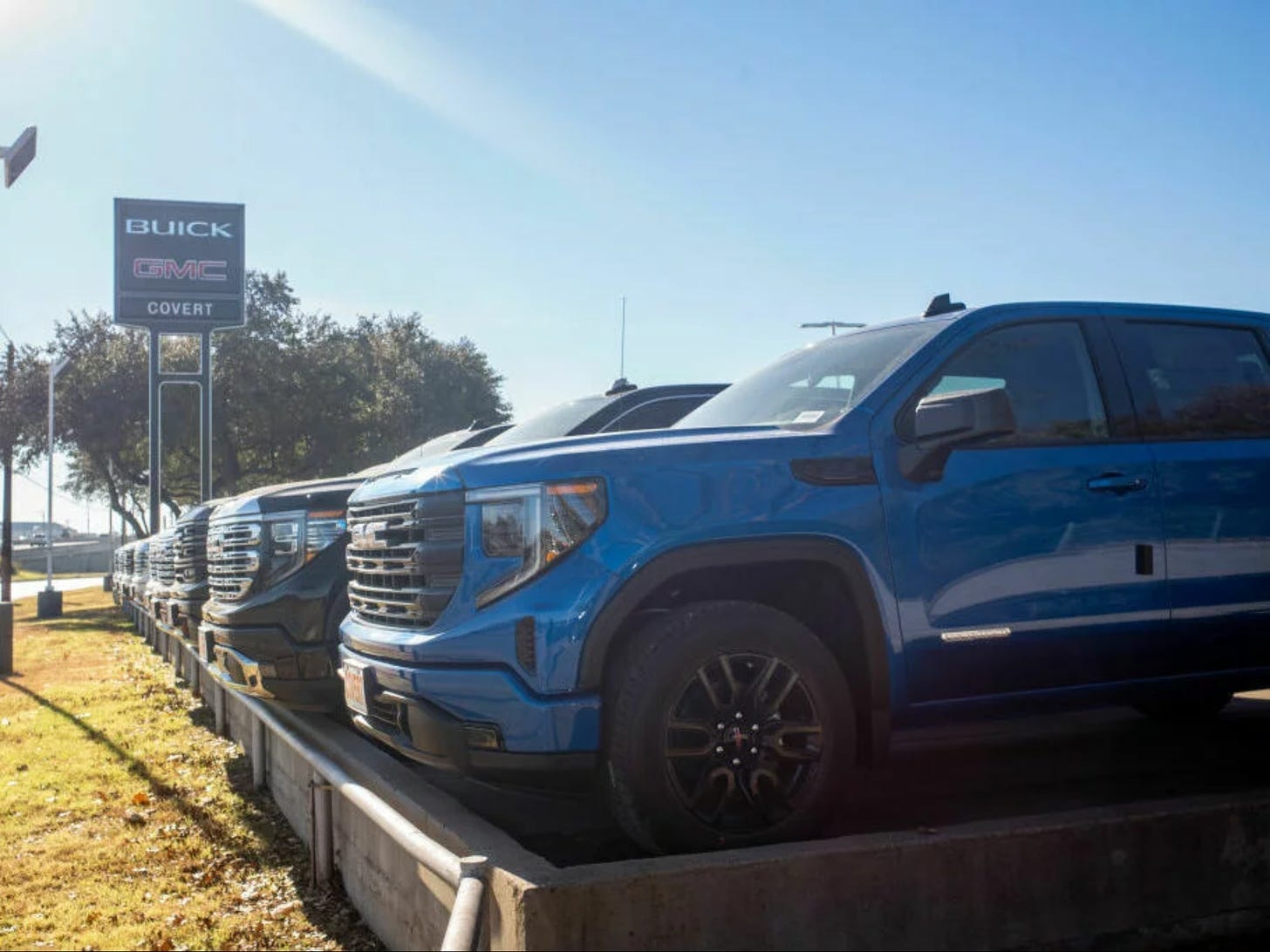American cars are getting bigger. We’re paying the price with our lives.
The Philadelphia 76ers, the National Basketball Association franchise based out of the City of Brotherly Love, welcomed back shooting guard Kelly Oubre, Jr. to the lineup last month after a bout with injury. Oftentimes, NBA players aren’t available to play for a period of time due to injuries sustained during a game or practice. However, Oubre’s month-long absence from the team was due to a fractured rib sustained when he was struck by a vehicle. Oubre was struck in the chest in a hit-and-run near his residence in Center City this past November1. The Sixers were without a solid scorer to back up their MVP-caliber star Joel Embiid, while Oubre was in for a lengthy hospital stay.
Kelly Oubre, Jr. returned to the Sixers on December 6th after sustaining injuries from a pedestrian collision.1
I want to repeat this another way: a 6’7” NBA player, arguably the tallest kind of pedestrian one could come across, was involved in a pedestrian collision. This incident occurred in what should be one of the most pedestrian-oriented communities in the entire country.
Oubre’s hit-and-run was hardly an accident.As car sizes in the United States have grown exponentially, pedestrian fatalities have increased to their highest level in nearly a half-century. More specifically, the increased height of cars has led to a 45% increase in the fatality of crashes with pedestrians2. This is the result of cars hitting pedestrians closer to the torso and pulling them under rather than hitting them in the lower half of the body, the former of which proves more fatal.
General Motors dealership in Austin, TX.2
The increased prevalence of larger vehicles on the road has fed into the overall increase in pedestrian fatalities over the past 15 years to the tune of double. This is as the share of new car sales of larger vehicles jumped from 47% to 74% during that same time frame3. Much of this can also be attributed to the rise of distracting technology inside our vehicles, be it smartphones or interactive screens, or the prevalence of automatic transmission vehicles that enable drivers to theoretically free up one hand while on the road. The cutting-edge acceleration of our modern vehicles is another factor that reduces safety for those in its immediate surroundings.
Correlation between pedestrian fatalities and share of vehicle sales that are large cars3.
Larger vehicles are largely the result of the uniquely American flavor of individualism, and it isn’t always the fault of the consumer. Sure, there’s the driver of the Hummer or other cars that are unreasonably large. However, many people decide what car they drive based on what will protect themselves and their passengers from other cars on the road, a perfectly rational decision when considering the safety of one’s children in the car. This cycle of motorists purchasing vehicles that’ll shield themselves from others in turn shifts the now exponentially higher danger factor onto pedestrians, other users of active transportation methods, and even other motorists.
Comparatively cheap gasoline has also enabled low-efficiency, large vehicles to become the norm in the United States. This is in stark contrast to European countries that heavily tax their gas accordingly for the negative externalities of car dependency, resulting in smaller vehicles, less car trips, and less instances of pedestrian crashes and fatalities. Furthermore, European drivers experience less of the distractions faced by American drivers given that manual transmission vehicles are more prevalent across the continent, demanding drivers to use both hands solely for operating their vehicle.
The closest most people get to understanding this is in the few instances where they are pedestrians; in the grocery store parking lot, or the walk from the car to work or a restaurant where they experience an occasional moment of fear of injury or death by SUV. This fear is experienced constantly and exponentially by pedestrians and cyclists, oftentimes who experience motorists in larger vehicles driving far faster than in a parking lot. The danger of larger vehicles is also an equity issue; odds are that a low-income person is not driving the Buick SUV flying at 50 mph on a neighborhood thoroughfare, but instead is the pedestrian or cyclist that can’t afford the protection provided by a large car.
This is not to say the sole issue of pedestrian fatalities lies in vehicle size. Street design, distracted driving, the lack of internal mechanisms preventing vehicles from speeding, and other factors lead to increased rates of pedestrian collision. However, nowhere is the dichotomy more glaring than in how large our vehicles have become in the United States.
The modern vehicle is an embodiment of American individualism, prioritizing the protection of the driver at the expense of others. Just like with car ownership more broadly, criticism should be levied not at the individual for choosing larger vehicle ownership but at the system that incentivizes and even demands large vehicles as the norm.
Next week, I launch my first post as part of my paid subscription plan. For the next three months, I’m discussing how we can make the American South, a region notorious for its car dependency, a more accessible part of the country.
I encourage you to subscribe if you’re passionate about building more human-centric communities, whether you live here in the South or beyond, or just want to see what my premium content is all about!
Sources
Carlin, K. (2023). ‘Sixers’ Kelly Oubre, Jr. talks health amid return from fractured rib.’ Yahoo Sports. https://sports.yahoo.com/sixers-kelly-oubre-jr-talks-214956917.html.
Rose, J. (2023). ‘Taller cars and trucks are more dangerous for pedestrians, according to crash data.’ NPR. https://www.npr.org/2023/11/14/1212737005/cars-trucks-pedestrian-deaths-increase-crash-data#:~:text=Music%20Of%202023-,Bigger%20cars%20and%20trucks%20are%20leading%20to%20more%20pedestrian%20fatalities,Insurance%20Institute%20for%20Highway%20Safety.
Gwam, P. (2021). ‘More and More Americans Pedestrians Are Dying because of Larger Vehicles. Incorporating Data in Safety Regulations can Help.’ Urban Institute. https://www.urban.org/urban-wire/more-and-more-american-pedestrians-are-dying-because-larger-vehicles-incorporating-data-safety-regulations-can-help.






